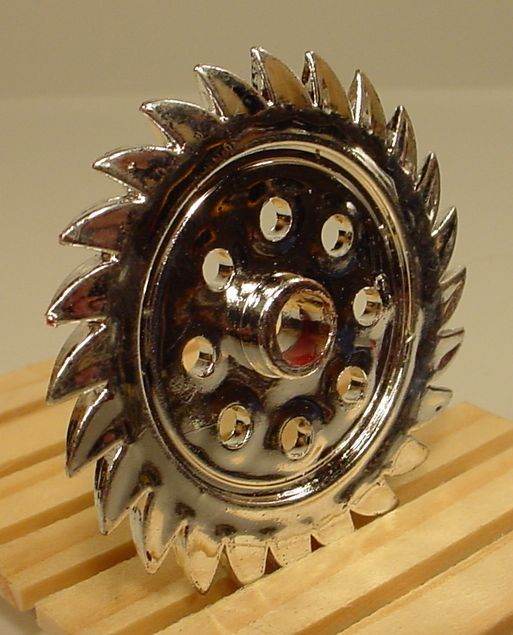
 2
2










Best luck: satisfaction
Greatest curse, greed








Best luck: satisfaction
Greatest curse, greed
 1
1















 1
1




Best luck: satisfaction
Greatest curse, greed







 1
1




List of Bryant RedHawk's Epic Soil Series Threads We love visitors, that's why we live in a secluded cabin deep in the woods. "Buzzard's Roost (Asnikiye Heca) Farm." Promoting permaculture to save our planet.
 1
1












Andrew Stewart wrote:
Another idea is to make a wheel hoe 'seed drill' dealy-o like the ones listed above, with a circular saw retrofitted to be the disc opener.
I would recommend a lower profile blade with a scale saw kind of tooth pattern.
If there is a lot of work to be done I would also recommend a BCS walking tractor. But I'm there biggest fan so take that advice with a pillar of salt - it's too much mechanization for some's taste. They do also produce a lawn edger, as well.
I hope this helps!
Andrew.
P.S. I think it goes with out saying that said saw is 'donated to the cause' (warranty voided, motor/bearings abused, mud slowly ruins electrical connections or plugs up exhaust, etc.)
Best luck: satisfaction
Greatest curse, greed





|
You can't expect to wield supreme executive power just because
Unlock Free Wood Plans! Download free projects and create unique pieces now!
https:/the-art-of-regenerative-wood-working/
|



